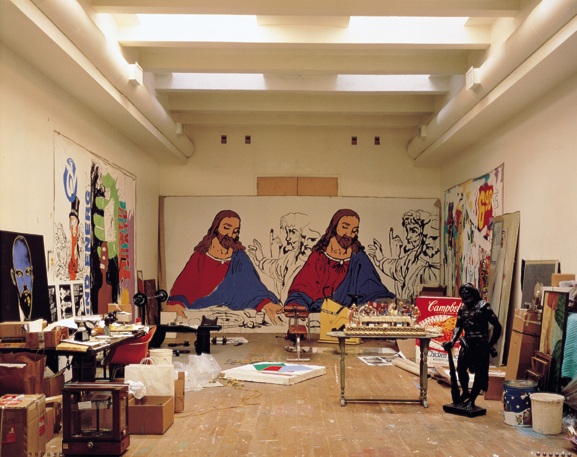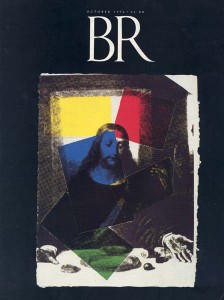
On April 1, 1987, over 2,000 denizens of the art, rock and film worlds, the international jet set, and a throng of anonymous New Yorkers climbed the steps of St. Patrick’s Cathedral to attend memorial services for Andy Warhol, the “Pope of Pop,” whose Campbell’s Soup cans became more real than those on our pantry shelves. Most learned for the first time that day of the painter’s lifelong church attendance and personal piety, which the flamboyant Warhol had kept largely to himself.
In the sixties, Warhol’s silver foil-covered “Factory”—his studio and the offices of Andy Warhol Enterprises in Manhattan—was a popular drop-in place for artists, film friends, art dealers, speed freaks, acid heads and transvestites. The Warhol of this period was a passive but ruling presence in black leather and dark glasses. Awed by the company of the rich and the famous, this Warhol had a prodigious appetite for experiencing life through observing rather than participating. In the seventies, the media knew a different Warhol—wearing black tie and grotesque wigs at dinner tables with movie stars, rock stars and international celebrities, and even with three successive American presidents at the White House.
Already a library member? Log in here.
Institution user? Log in with your IP address.

